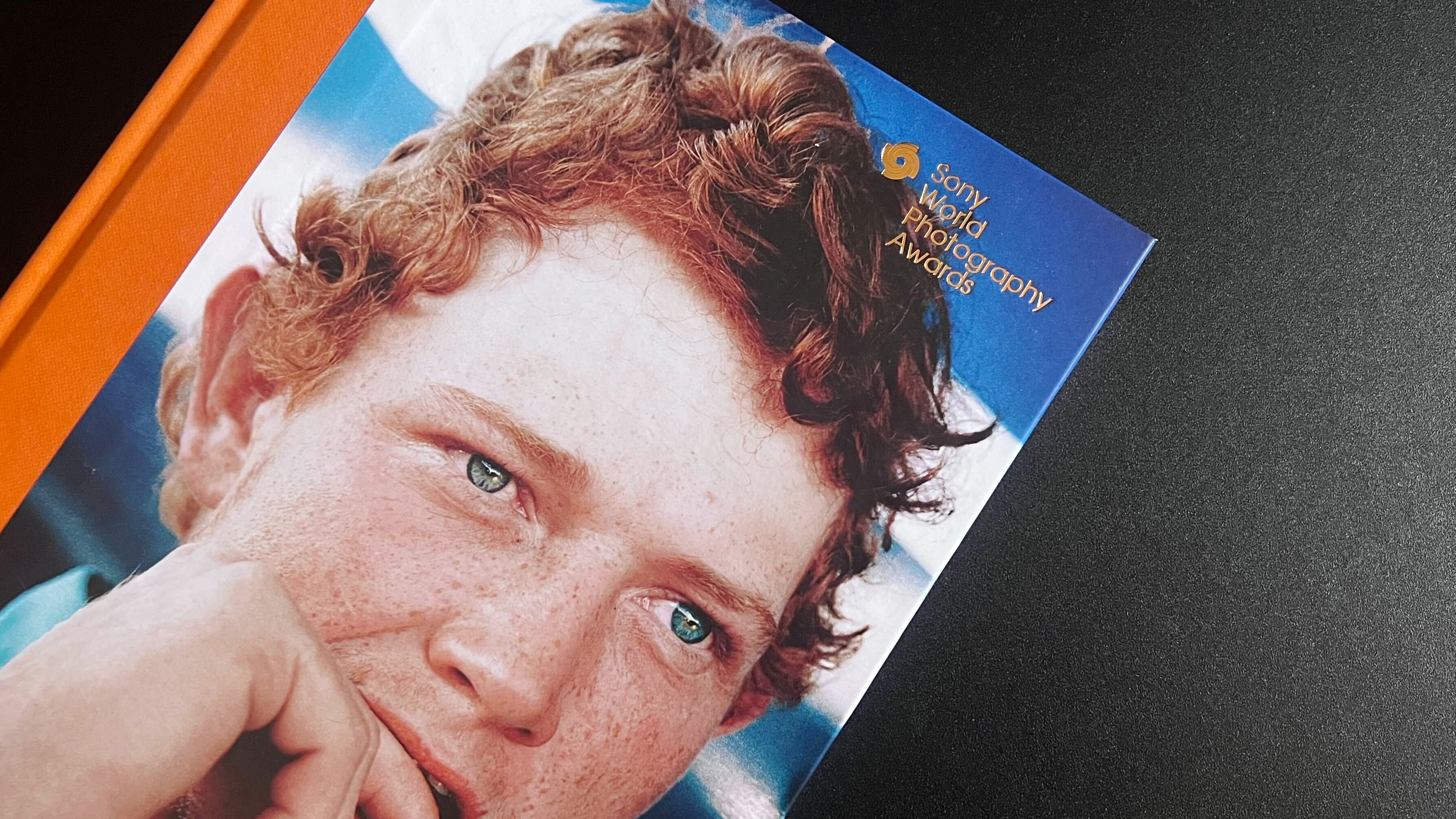12 lenses of Christmas: Sigma makes an impossible lens and breaks the Canon chains
June saw Tamron go large on zoom range, while Sigma launched its first lens for Canon's R system along with a world-first f/1.8 zoom

We're halfway through the 12 days of Christmas, and we're halfway through our recap of the 12 months of 2024 – seen through the lens, pardon the pun, of all the great glass we saw throughout the year. Today, it's the lenses of June…
Think classic telephoto zooms for 35mm film cameras and DSLRs of a certain age, and 70-300mm lenses spring to mind. Tamron put a new spin on things in June, announcing the new Tamron 50-300mm f/4.5-6.3 Di III VC VXD. It retains the typically compact and lightweight build of this class of lens, but kicks off the zoom range at a completely standard 50mm instead of 70mm focal length.
Meanwhile, after waiting in the wings for six whole years, Sigma finally released its first-ever lens for the Canon EOS R system. It came in the diminutive shape of the Sigma 18-50mm f/2.8 DC DN | Contemporary, a kind of ‘trinity’ standard zoom for APS-C format R-series cameras with an effective zoom range of 28.8-80mm and a constant f/2.8 aperture.
Going one better than trinity zooms, there was also the announcement of a groundbreaking Sigma 28-45mm f/1.8 DG DN | Art lens. Sure the zoom range is comparatively limited, but it’s more than an f-stop faster with a constant f/1.8. As we’ve come to expect, the lens was announced in Sony E and L-mount options.
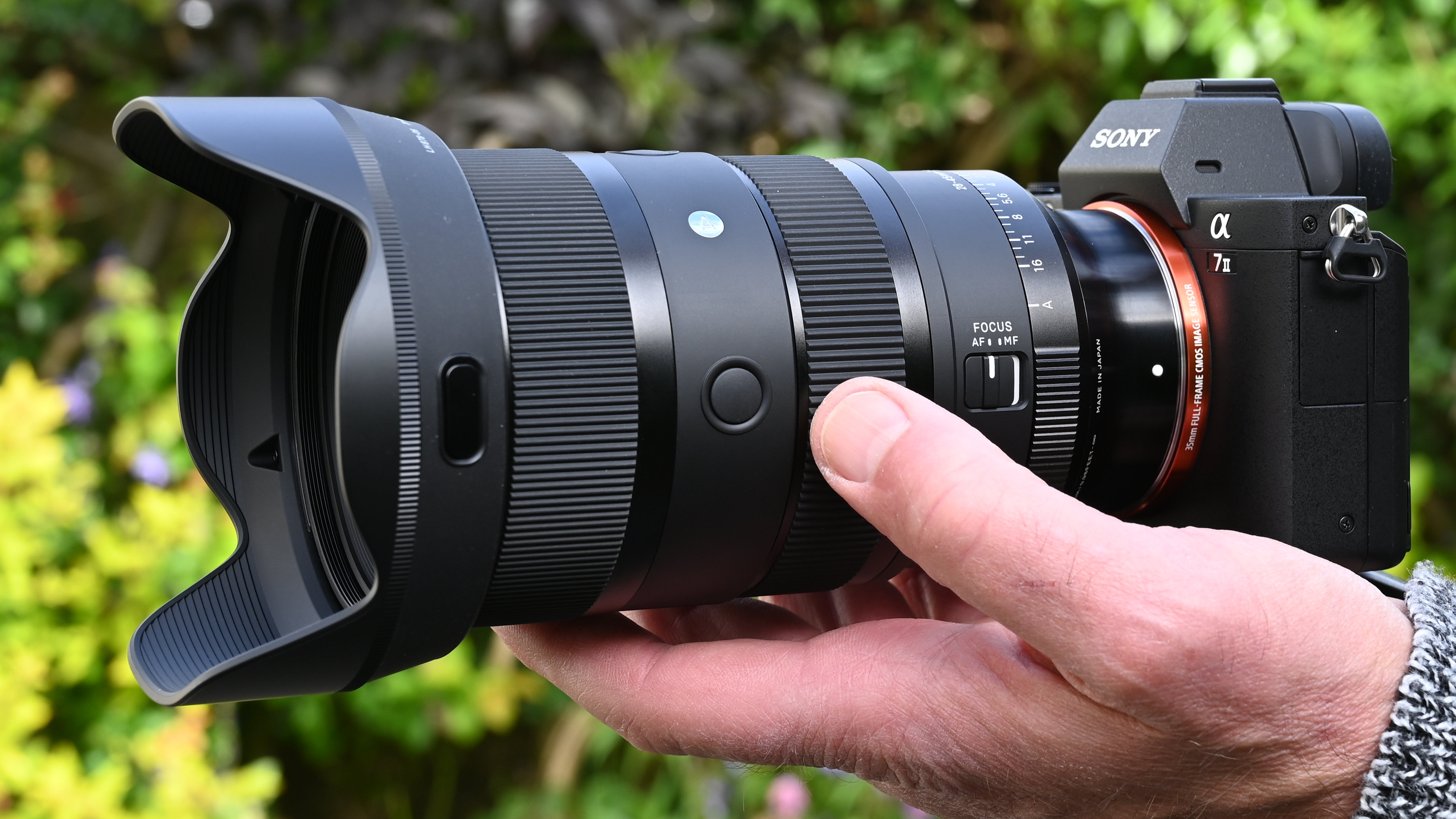
While Sigma launched its first Canon RF (or RF-S) lens, first-party glass hit the headlines with the new Canon RF 35mm f/1.4 L VCM – the second in a new ‘hybrid’ series to feature an aperture control ring, more suitable for shooting video as well as stills.
In another second, so to speak, Canon also doubled up on its VR lenses, with the announcement of the Canon RF-S 3.9mm f/3.5 STM Dual Fisheye lens.
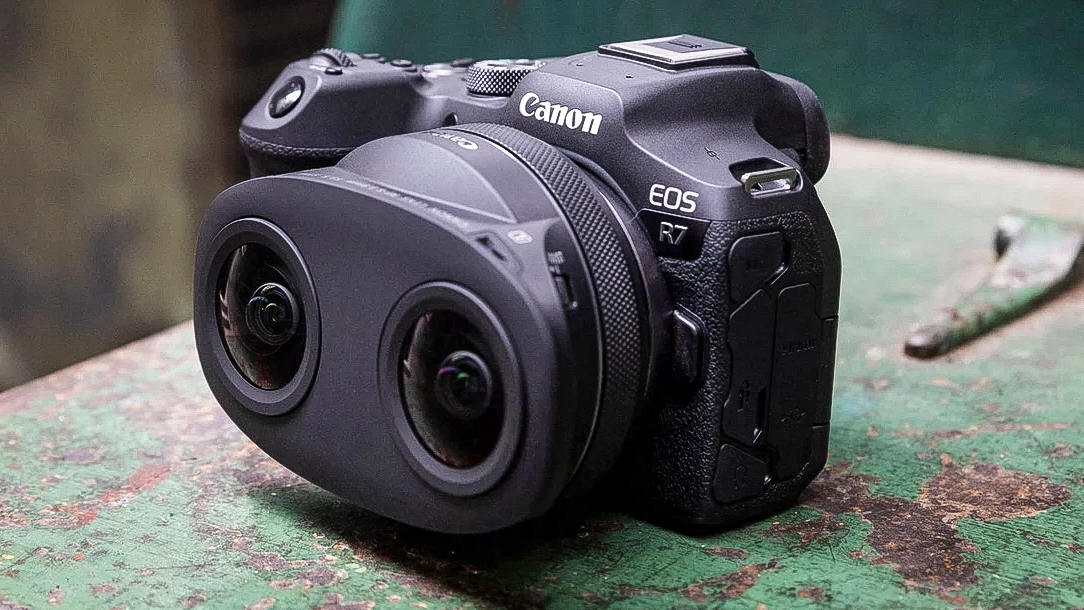
And speaking of f/1.4 lenses, the Nikon Z 35mm f/1.4 was also announced in June with a price tag that’s less expensive than the existing f/1.8 lens – although unlike the latter, the new f/1.4 isn’t an S-line lens.
Get the Digital Camera World Newsletter
The best camera deals, reviews, product advice, and unmissable photography news, direct to your inbox!
To fit not just Nikon bodies, but almost any camera via respective mount adapters, there was news of a TTArtisan 250mm f/5.6 Reflex lens with an M42 mount. Meanwhile, the Viltrox Ka-LUNA 30-300mm T4 was unleashed, a brace of Sirui 16mm and 75mm f/1.2 primes were added for APS-C cameras, and the Voigtländer Nokton 75mm f/1.5 Aspherical migrated to Sony E-mount.
In cine times, there was the release of a new series of Laowa T1 prime cine lenses for Sony, Nikon, Canon and Fujifilm, while a new Irix Explorers Set launched as an all-in-one kit that includes four versatile cine lenses.
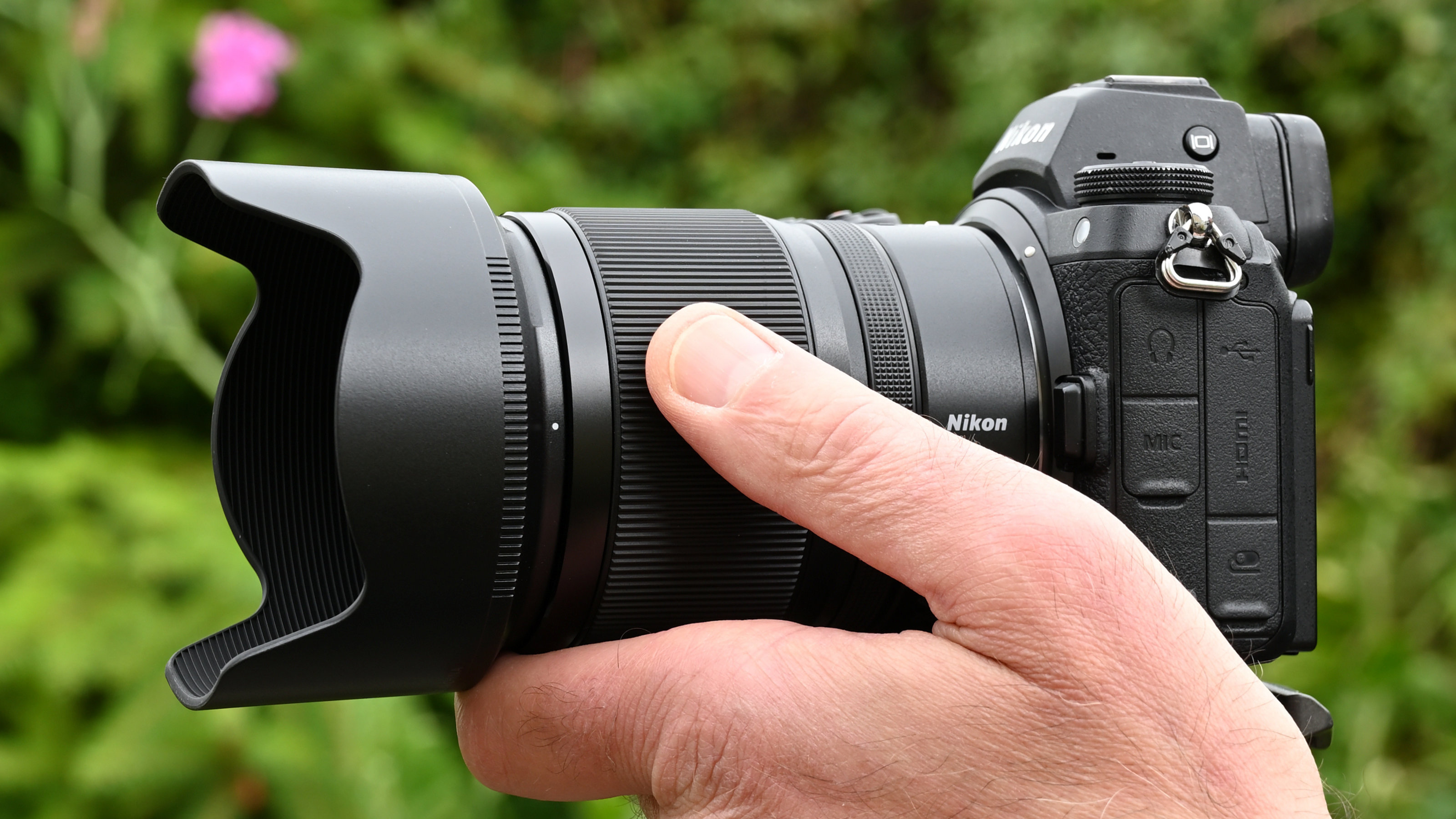
We had a star-spangled review schedule in June, kicking off with the epic Fujifilm GF 500mm f/5.6 R LM OIS WR, the company’s longest lens to date for its GFX medium format system. Going from telephoto to wide-angle, we also put the high-tech Viltrox AF 16mm f/1.8 through its paces, swiftly followed by the Panasonic Lumix S 14-28mm f/4-5.6 Macro and Tamron 17-50mm f/4 Di III VXD.
Next up were a couple of new Sigma lenses, namely the full-frame Sigma 28-45mm f/1.8 DG DN | Art and APS-C format Sigma 18-50mm f/2.8 DC DN | Contemporary in Canon RF-S guise. And with more of a nod to tradition, we also reviewed the Zeiss Milvus 21mm f/2.8 for Canon and Nikon DSLRs.
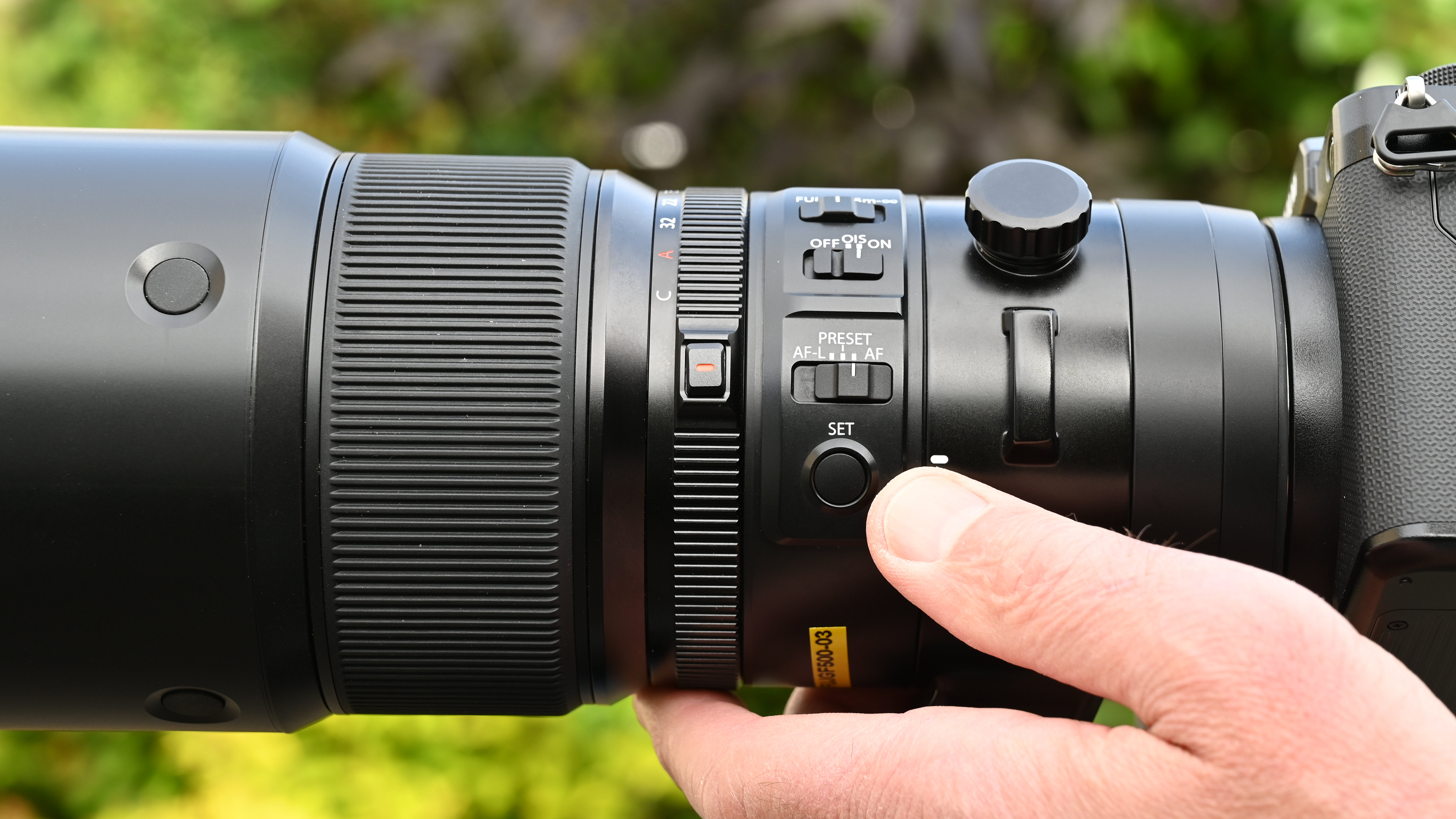
See more from our 12 lenses of Christmas series
You may also like…
Take a look at the best standard zoom lenses, along with the best Canon standard zoom lenses and best Nikon standard zoom lenses.
Matthew Richards is a photographer and journalist who has spent years using and reviewing all manner of photo gear. He is Digital Camera World's principal lens reviewer – and has tested more primes and zooms than most people have had hot dinners!
His expertise with equipment doesn’t end there, though. He is also an encyclopedia when it comes to all manner of cameras, camera holsters and bags, flashguns, tripods and heads, printers, papers and inks, and just about anything imaging-related.
In an earlier life he was a broadcast engineer at the BBC, as well as a former editor of PC Guide.

